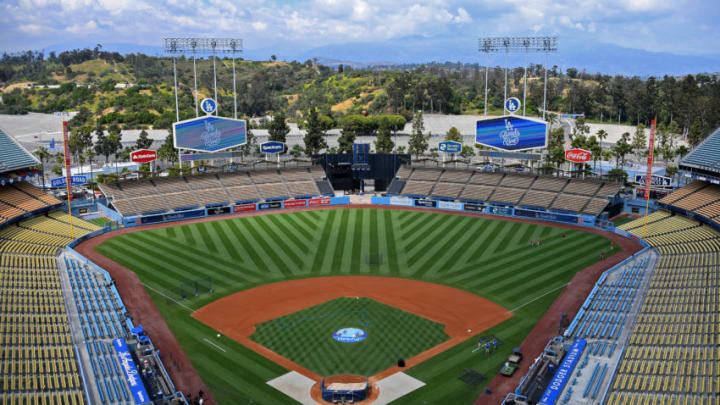
Part of this draft class’s fame came from the sheer number of college players selected by the Dodgers. From round one through the end, the front office only went to the prep ranks four times, contributing to a league-wide low in total high school players selected.
In the fourth round, the Dodgers stayed within the college ranks and in Southern California when they took UC Irvine third baseman, Brandon Lewis.
Lewis is a 6’3, 215-pound third baseman. His big body lends itself to some great power numbers although he still has the skill to hit for average despite his big home run generating swing. That swing does, however, have its own hiccups.
Lewis is a big swing with a long swing. A good fastball can beat it and in the pros, there will be plenty of those. With some next level coaching, it should not be a problem but the big corner infielder will have to shorten up his stroke to find consistent success in the minor leagues.
Defensively, there is not much to hate about Lewis although there is certainly not much to love. He played third base in college and was solid at the position. His glove-work is impressive and his ability to pick the ball is certainly there. His arm is of slight concern as it does not have as much power behind it as you would find in your typical big league third baseman.
Lewis could easily move to first but, as MLB.com perfectly says, it will be his bat that gets him anywhere in the pros, not his glove. For that, the Dodgers could use him as AL trade bait later on in his career.
